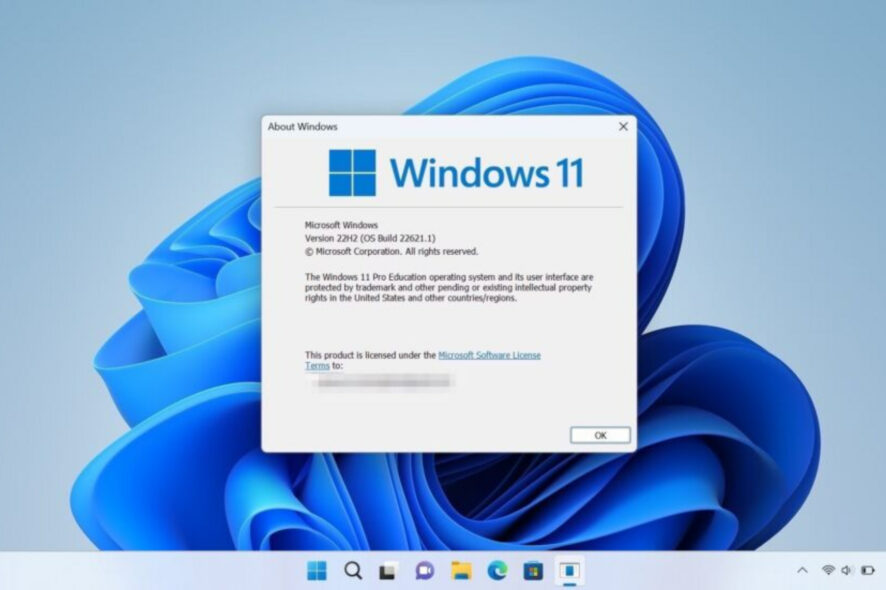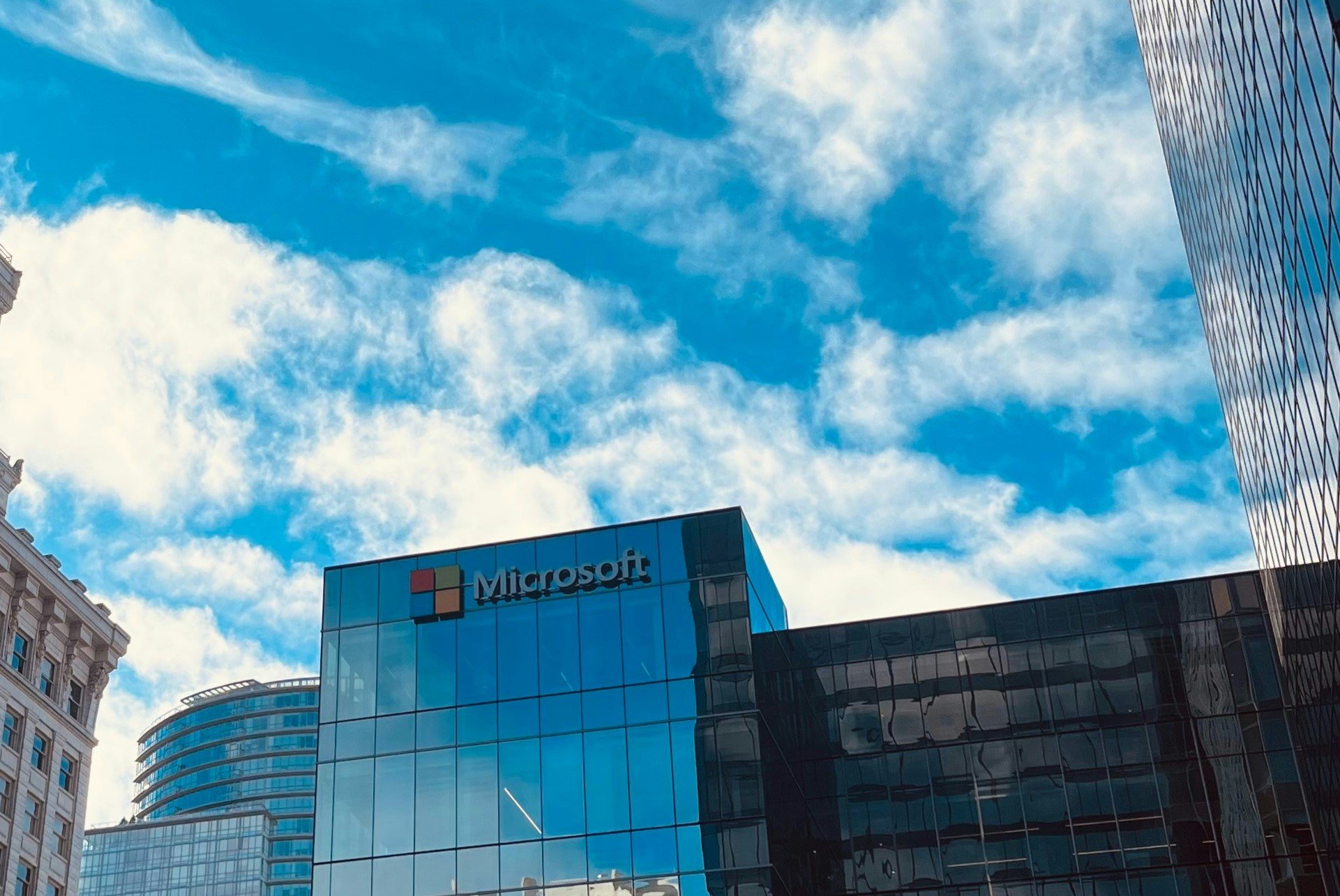Windows 11 SMB compression is getting important improvements
3 min. read
Updated on
Read our disclosure page to find out how can you help Windows Report sustain the editorial team Read more
Key notes
- In its constant quest to enhance Windows 11, Microsoft has made another important step.
- The tech giant is now focusing on the operating system's SMB compression among others.
- Read and decide for yourself if Microsoft is indeed making the best choice for the new OS.

As you surely know by now, a couple of days ago, Microsoft rolled out an optional update for Windows 11 in the form of KB5016691.
Even though this update will make its way to all users in next month’s Patch Tuesday, September 13, the Cumulative Update contains a few new features that early adopters can get their hands on right now.
The highlight of this update is the fact that Microsoft seeks to improve SMB compression for its latest operating system.
Here’s what’s happening to the Windows 11 SMB compression
Just in case you weren’t completely caught up, SMB compression in client-server environments allows admins, users, and applications to request file compression as content is being transferred over the network.
Of course, the benefit of this approach is obviously the reduced consumption of bandwidth but it comes at the cost of increased CPU usage as the hardware attempts to compress and decompress files as they are being transferred over the network.
We know that you probably have a lot more questions about SMB compression, so the video below should answer some of them.
For those of you that didn’t know, before the release of KB5016691 and KB5016693, SMB compression behaved in a more peculiar way.
This process utilized a default algorithm which attempted compression only on the first 500MiB (Note: 1MB = 1000KB but 1MiB = 1024KB) of a file, any content smaller than this threshold would never be compressed, even if it was very compressible.
It is known that, during its reading of the first 500MiB of a file, if the algorithm detected that less than 100MiB of the file could be compressed, it would not attempt to compress the rest of the file at all.
Thus, the only way to force-compress would be to override certain default registry settings, and editing those isn’t really what you should do unless you know exactly what you are doing.
That being said, the good news is that Microsoft is doing away with the restrictions in the algorithm completely.
Basically, SMB compression will now try its best to compress any and all files that you request compression for.
It goes without saying that does not mean that SMB compression should be used in every use-case. Pyle has highlighted that some formats like JPG, ZIP, and DOCX are already compressed but the removal of these restrictions will certainly benefit other formats like VHDX, ISO, and DMP, among others.
Microsoft isn’t just stopping here, though. It is introducing new PowerShell, Group Policy, and registry settings that make it easier to control the two behaviors.
What is your take on this whole situation? Share your thoughts with us in the comments section below.








